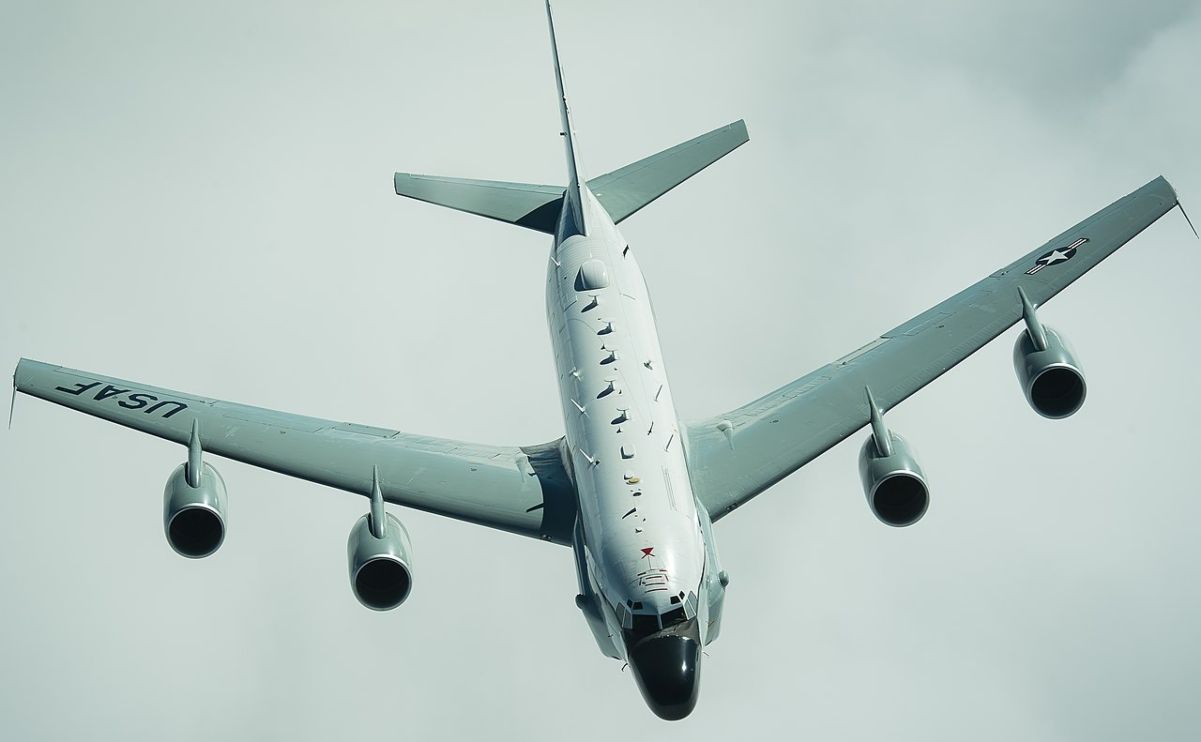The autopilot
An autopilot is a system used to control the path of an aircraft.
It is often an integral component of a Flight Management System. A primary function is in-flight management of the flight plan. Using various sensors (such as GPS and INS often backed up by radio navigation) to determine the aircraft’s position, the FMS can guide the aircraft along the flight plan.
According to UAV Navigation, modern autopilots use computer software to control the aircraft. The software reads the aircraft’s current position, and then controls a flight control system to guide the aircraft. Autopilot software, which is integrated with the navigation systems, is capable of providing control of the aircraft throughout each phase of flight. In such a system, besides classic flight controls, many autopilots incorporate thrust control capabilities that can control throttles to optimize the airspeed.
The pilot can intervene by making appropriate inputs to the autopilot or the FMS, at any stage of the flight.
But what happens if the autopilot fails?
RC-135 autopilot fails
Charles Grimes, former RC-135 Instructor Navigator, recalls on Quora.
‘A little war story which unlike a fairy tale, begins with:
‘“And this is no shit…”
‘I was an Instructor Navigator on the RC-135. We were flying from Hawaii to Alaska at night. There was nothing for me to do — the two Navs in the seat were fine and didn’t need me bothering them.
‘Meanwhile, the copilot wasn’t feeling well, so he went in the back to sleep and I sat in the right seat to handle the HF radio. I was also a commercial pilot with instrument and multiengine ratings.
‘Suddenly, the plane banked to the right which made no sense as Alaska was directly ahead of us and still a few hours away. Sometimes experience as a Navigator having flown this trip before comes in handy.
‘About the time the Nav 1 keyed the intercom to ask “WTF?”, I clicked off the auto pilot and rolled wings level. The pilot/Aircraft Commander came on the controls as well.
‘We did a little troubleshooting and determined the autopilot roll axis had failed (we could independently engage aileron, elevator, rudder and yaw dampener).
‘After we figured all this out, the pilot engaged the yaw damper and elevator (which allowed us to hold altitude) and asked me if I wanted to fly?’
Grimes concludes;
‘So, for about 3 hours I hand flew this:

‘across the Pacific Ocean
‘Awesome!’
Photo by Senior Airman Tyler Woodward (380th Air Expeditionary Wing Public Affairs) / U.S. Air Force

